
The Norwich Terrier is one of the smallest working terriers. It is spirited
and stocky with sensitive prick ears and a slightly foxy expression. This sturdy
descendent of ratting companions, eager to dispatch small vermin alone or in
a pack, has good bone and substance and an almost weatherproof coat. The Norwich
Terrier is a fearless little dog bred to hunt vermin with its prick ears as
its distinguishing characteristic. Once known as Cantab Terriers, the Norwich
was believed to have been developed by crossing small Irish Terriers with other
short-legged terrier breeds.
Life Expectancy:
12-15 years
Energy Level:
Average.
Living Conditions:
Flexible; consider a deep fence to prevent digging.
Barking:
Average.
Exercise Needs:
20-30 minutes of outdoor activity.
Breed Group:
Terrier
Size:
Small
Height:
9-11 inches
Weight:
11-13 pounds
Standard Hair Colors:
All shades of red, wheaten, black and tan or grizzle.
National breed club:
Norwich & Norfolk Terrier Club
The roots of the Norwich were firmly planted in East Anglia, England. By the 1880's owning a small ratting terrier was a fad among the sporting undergraduates of Cambridge University. Today, Norwich terriers are good companion dogs.
Norwich are hardy, happy-go-lucky, weatherproof companions. They are very loyal, alert, and have a sensitive intelligence. Norwich terriers love children and should generally get along with other cats and dogs. A Norwich or Norfolk will view gerbils, guinea pigs, hamsters, rabbits, birds and other small, caged pets, as vermin to be hunted. Therefore, they cannot be trusted around such creatures.
A long walk or vigorous play within the yard for 20-30 minutes a day will keep your Norwich happy and fit. These terriers also enjoy various activities such as agility, earthdog tests, tracking and obedience classes. Norwich are busy dogs who need to be exercised not just physically, but mentally. They should be encouraged to chase and retrieve, paddle in water under strict supervision, and enjoy the many pleasures of nature. Further stimulation in the form of obedience or puppy kindergarten are great ways for you and your dog to form an even closer relation of mutual trust and respect.
Because a Norwich has strong hunting instincts and typical terrier curiosity, most breeders require fencing as a prerequisite to owning a Norwich puppy or adult. Do not overfeed them as Norwich can put on weight easily. Excessive heat can present problems for many dogs. A dog crate is an important investment: the crate allows your Norwich to eat without interference from other pets; the crate acts like a seat belt when traveling by car; the crate can be a cocoon when your Norwich just wants to get away from it all; the crate can be useful as a housebreaking tool.
Norwich terriers require regular maintenance to keep a consistently groomed coat. They should be brushed or combed weekly. These terriers are usually "stripped" twice a year. "Stripping" involves pulling out the dead outer coat by hand or with the help of a stripping tool. While not recommended for the adult Norwich, clipping is certainly acceptable when your dog reaches the senior years. The Norwich coat is fairly dirt resistant, which means bathing is limited to either odor or skin problems. During weekly combing or brushing also check your dog’s ears and eyes to make sure they appear clean and dry.
Norwich terriers are generally healthy. A good diet, proper weight, plenty of exercise, regular grooming and routine veterinary care should keep a Norwich in good health. One of the reasons Norwich terriers are fairly healthy breeds is years of concerned, responsible breeding. Conscientious breeders screen for hip dysplasia and eye problems.
...you may also love the Norfolk terriers. Norfolk and Norwich terriers were originally one breed, called Norwich terriers - but distinguished informally as "prick-ears" or "drop-ears". In England in 1964, the (British) Kennel Club separated the breed into two, with the drop-ears taking the name of Norfolk Terrier and the prick-ears retaining the name of Norwich Terrier. Effective 1 January 1979, the American Kennel Club took the same step.
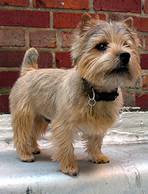
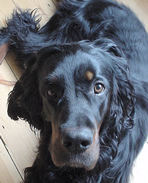 Gordon Setters: A guide to dogs and puppies of the Gordon Setter breed
Gordon Setters: A guide to dogs and puppies of the Gordon Setter breed
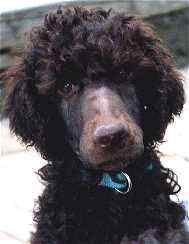 Standard Poodle
Standard Poodle
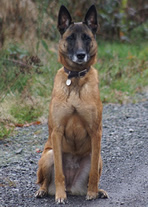 Belgian Malinoiss: A guide to dogs and puppies of the Belgian Malinois breed
Belgian Malinoiss: A guide to dogs and puppies of the Belgian Malinois breed
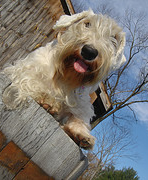 Sealyham Terriers: A guide to dogs and puppies of the Sealyham Terrier breed
Sealyham Terriers: A guide to dogs and puppies of the Sealyham Terrier breed
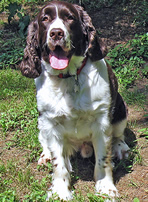 Field Spaniels: A guide to dogs and puppies of the Field Spaniel breed
Field Spaniels: A guide to dogs and puppies of the Field Spaniel breed
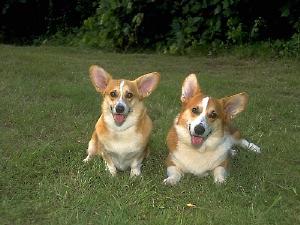 Welsh Corgi (Pembroke)
Welsh Corgi (Pembroke)
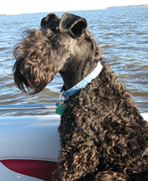 Kerry Blue Terriers: A guide to dogs and puppies of the Kerry Blue Terrier breed
The Kerry Blue Terrier!
The Kerry Blue Terrier is a medium-
Kerry Blue Terriers: A guide to dogs and puppies of the Kerry Blue Terrier breed
The Kerry Blue Terrier!
The Kerry Blue Terrier is a medium-
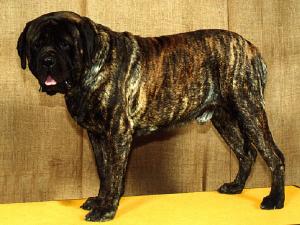 Mastiff
Mastiff
Mastiff
Mastiff
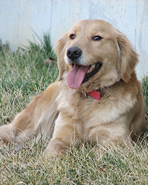 Golden Retrievers: A guide to dogs and puppies of the Golden Retriever breed
The Golden Retriever!
The Golden Retriever is a breed that
Golden Retrievers: A guide to dogs and puppies of the Golden Retriever breed
The Golden Retriever!
The Golden Retriever is a breed that
 Pekingeses: A guide to dogs and puppies of the Pekingese breed
The Pekingese!
The Pekingese, sometimes affectionately call
Pekingeses: A guide to dogs and puppies of the Pekingese breed
The Pekingese!
The Pekingese, sometimes affectionately call
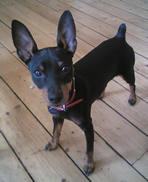 Miniature Pinschers: A guide to dogs and puppies of the Miniature Pinscher breed
The Miniature Pinscher!
The Miniature Pinscher has a lean,
Miniature Pinschers: A guide to dogs and puppies of the Miniature Pinscher breed
The Miniature Pinscher!
The Miniature Pinscher has a lean,
Copyright © 2005-2016 Pet Information All Rights Reserved
Contact us: www162date@outlook.com